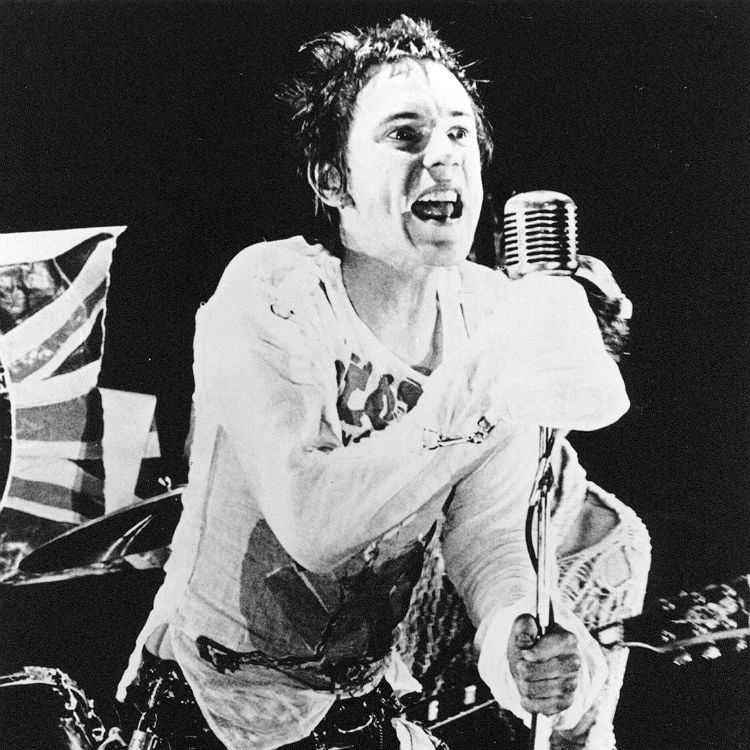 Photo: www.indiegogo.com/projects/selena-quintanilla-sele
Photo: www.indiegogo.com/projects/selena-quintanilla-sele
Earlier this month, it was announced that Selena would be brought back as a hologram. Acrovirt, the company behind it, have described it as a “walking, talking, singing, dancing and thinking” version of the late star.
While they have clarified that their project is not exactly a hologram, calling it “hologram-ish”, it has still drawn quite a bit of negative attention, being called “creepy” by many fans.
This is due to the fact that not only will the hologram be able to perform as Selena, but it will also “autonomously learn, act and react as its human donor would”. It will also be able to release new music and collaborate with current artists. There are even plans for the hologram to go on tour in 2018.
In response to the negative feedback the project has been receiving, Selena’s sister Suzette Quintanilla spoke with Billboard, stating: "By no means is this something that's creepy or weird. A lot of the new fans that did not get to experience what Selena was about hopefully will be able to get a sense of her with this new technology that's going to be coming out."
"It's not about replacing Selena in any shape, way or form," she continued. "It's just something to help her legacy continue growing."
While the idea of bringing Selena to a younger generation of potential fans is admirable and exciting, there are some aspects of the project that still leave some uncomfortable. Sanj Surati, who worked on the team behind the famous Tupac hologram at Coachella in 2012, has expressed his concerns with the Selena hologram, sharing that it scares him due to its lack of authenticity.
Watch 'Selena The One' campaign video:
“I just wish they were not using the tech as a draw to sell tickets,” he told Gigwise. “The music is what should be paramount, not the fact that it is a hologram.”
Surati currently works as the Experiential Producer for a digital design creative agency called Holition, which specialises in new technology. He has recently worked with many disciplines including augmented reality, data visualisation, gesture control and live event holographics. His speciality at Holition involves working with the technology team and design team to develop new live digital experiences for the purpose of product launches and experiential events.
Gigwise: When you helped create the Tupac hologram at Coachella in 2012, did you expect that hologram technology would take off in the music world as much as it has?
Sanj Surati: There was a very big team that worked on the Coachella initiative. Interscope were the client, AV Concepts delivered the production utilising Musion Technology and Digital Domain created the visual asset that was projected onto the Peppers Ghost foil. I was Head of Music at Musion when the Tupac Hologram went live. Musion’s involvement was mainly part of the logistics and consultancy team on the development of the show.
We had delivered many digital resurrection pieces in the past. Most notably, a Frank Sinatra hologram for Simon Cowell’s 50th and a Rodney Dangerfield hologram that was created using an old VHS tape. The tech in its current form had been around for a long time and we were actively pitching many record labels and music managers the beauty of the tech. However, nothing could have prepared us for the PR monolith that has chased me ever since that early Spring in 2012. Everyone wanted to know me and my phone did not stop ringing for three months.
Before Tupac, I’d already presented the tech to countless music industry managers including the Michael Jackson Estate, the Pavarotti Estate and the Queen Estate. Everyone had seen the tech and loved it. But everyone was worried about the financial risk as the cost to deliver these kind of shows is quite sizable. Thank God for Dr Dre for pushing Interscope/Universal to do Coachella.
Watch the Tupac hologram performing at Coachella 2012:
As a person who creates holograms, it must be great to see the technology you helped develop being used to bring someone like Selena back. But being a musician, as well, how do you feel about the fact that it will be able to create new music?
It is great to see so many more people are aware of the Holographic tech and want to use it. However, there are so many shows now that are using this tech because of the fact that the “holographic” aspect draws a crowd as opposed to creating something visually unique that utilised the magic of the tech. Tupac was groundbreaking because he is a God and no one knew he was going to be there. The digital traffic that surrounded that initiative over those two weeks was gold.
The Selena hologram, like the Liberace hologram, scares me a little as they don’t seem authentic. However, it’s the audience that decides whether they will be successful or not. So, we will leave it to them. I just wish they were not using the tech as a draw to sell tickets. The music is what should be paramount, not the fact that it is a hologram.
The use of AI to create music from someone who is not around any more seems very bogus. Music comes from the soul, not a computer. You can't digitally recreate art. It just doesn't work.
Where do you draw the line as to what is too far for a hologram?
I don’t draw any lines as I feel everyone should be able to express themselves through any platform they wish. However, a great deal of care and respect needs to be used when working with the imagery and music of an artist that is no longer around. There have been a lot of bad digital resurrection holograms since Tupac. It kind of feels like production companies are looking to find the next dead artist that they can milk through ticket sales.
A lot of people are calling the Selena hologram project “creepy” and "weird" – do you agree?
I do think it’s creepy as the focus is on the hologram, as opposed to her music. Why not release her new music to see what the crowd thinks before announcing that there is a hologram? Why not talk about her as opposed to the technology?
If Selena’s family had approached you to make the hologram, would you have said no? Or would you have agreed, without the element of it being able to create its own music?
That’s a tricky question. I usually look for a creative connection in my clients. I have not met Selena’s family so I cannot comment. I’m sure they are wonderful people and have the best intentions for her legacy.
Aside from holograms being used in music, they have been popping up more and more in other scenarios. For instance, a protest was recently held in Spain, using holograms. Where do you see the future of holograms going? How do you feel about them being used in these ways?
Holograms as a concept have been touching people’s imaginations for decades (almost centuries). People love them and want them in their lives for many reasons. The current tech investment climate at the moment is very buoyant and a lot of breakthroughs in this tech field will occur in the near future. However, there are a lot of mediocre products and production companies out there that are claiming to deliver life like holographic solutions that don’t actually deliver what they have promised. This gives the holographic industry a really bad name. Quality should be paramount.
With the news that a new Tupac album may be posthumously released in 2015, do you think that the Tupac hologram will be used to promote it in any way?
Dre said that Tupac was just for Coachella, so we will see.
Which holograms are you still hoping to make? You have previously stated that you’d love to make one of Kurt Cobain…
There are loads in the pipeline. I’m afraid I’m not allowed to say anything till they go live. Watch this space.




















